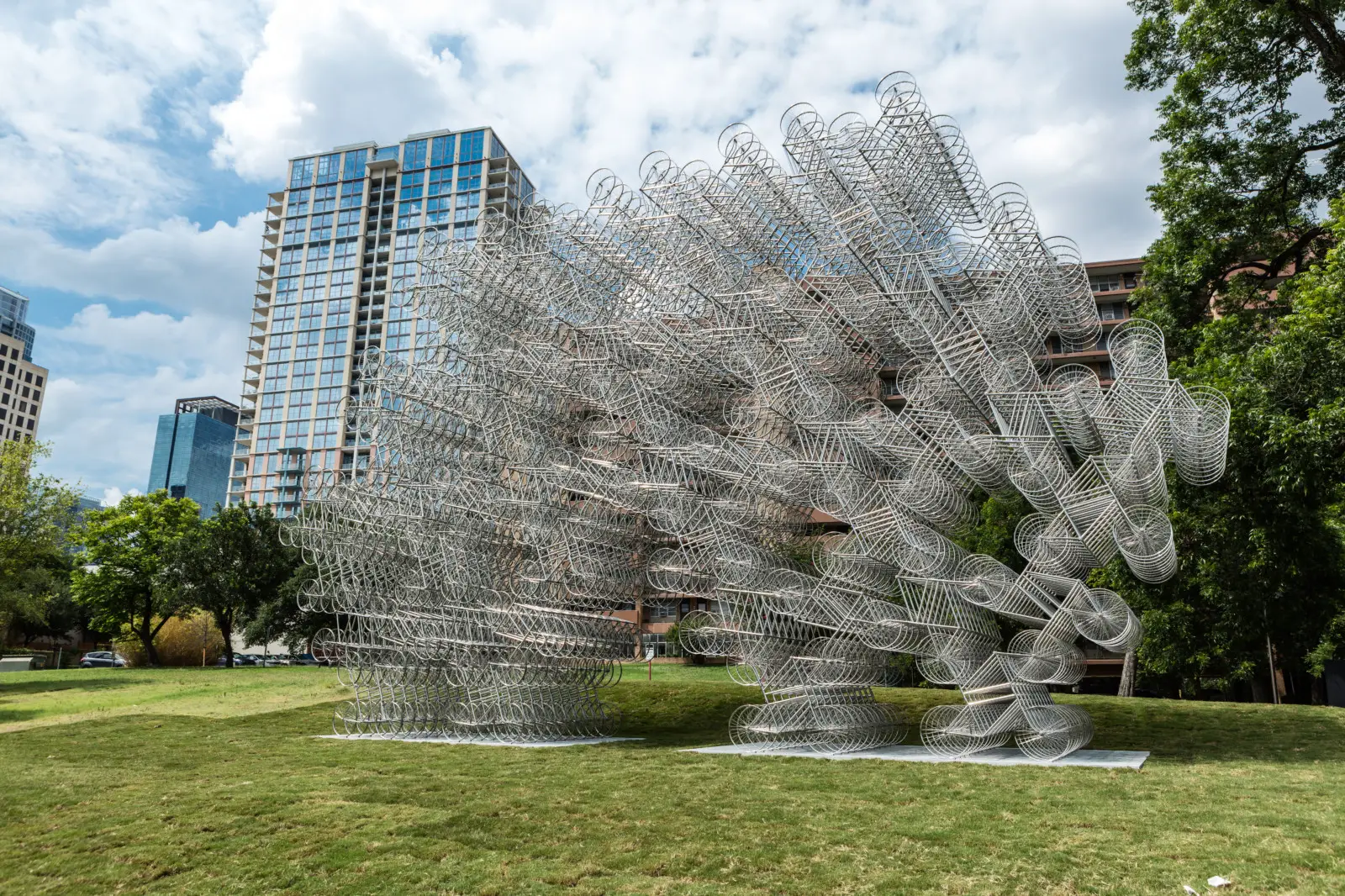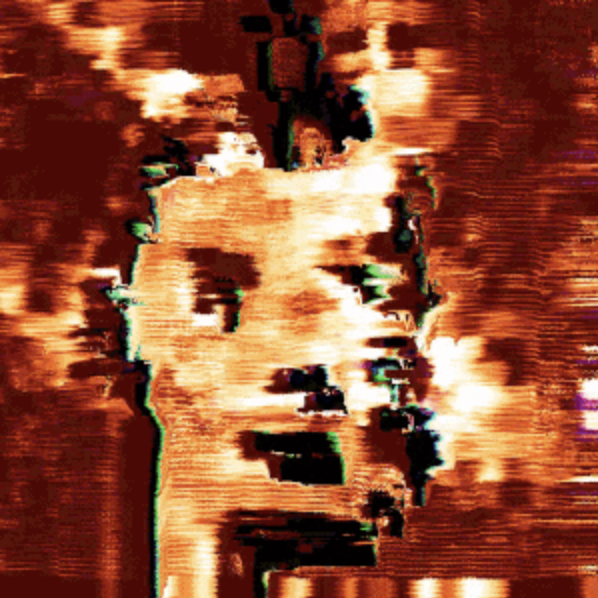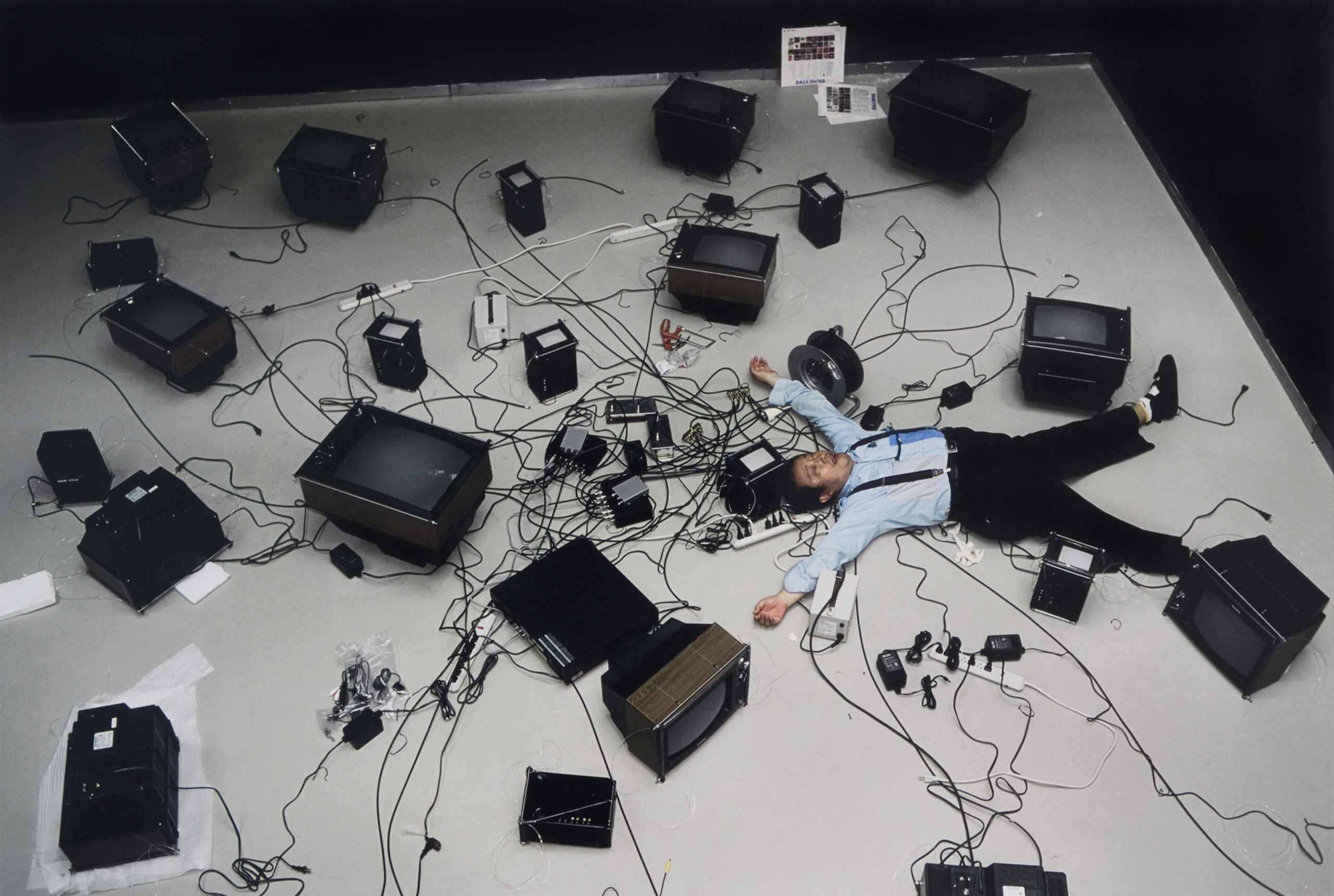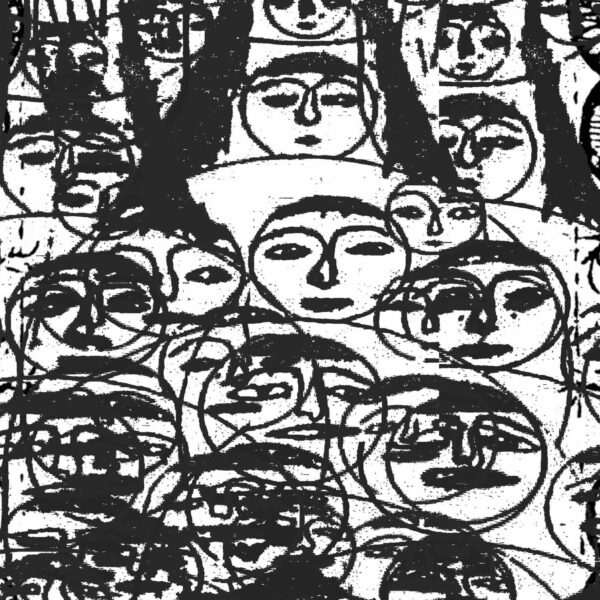ROBNESS: Embracing Postmodern Artistic Rebellion and Crypto Explorations
In the dynamic and ever-evolving world of crypto art, ROBNESS emerges as an artist who boldly embodies the very essence of postmodern theory. With a pioneering spirit, he was among the early adopters of NFTs, propelling the transformative #trashart movement that heralded a paradigm shift in traditional notions of art and its intrinsic value. What sets ROBNESS apart is his masterful fusion of the ordinary with the extraordinary, ingeniously incorporating overlooked materials and themes associated with waste and consumer culture into his creations. In doing so, he deftly blurs the boundaries between art and life, encapsulating a defining hallmark of postmodern art that challenges established norms and redefines the very fabric of artistic expression.

Examining ROBNESS’s daring creative explorations, we are drawn into a rich tapestry of thematic resonances that intricately connect him to broader art historical dialogues. While these connections may not be direct influences, they serve as fascinating points of comparison, shedding light on his distinct position within the art world. As we immerse ourselves in ROBNESS’s animated scenes and delve deeper into the profound implications of the #trashart movement, a captivating narrative unfolds—one that seamlessly intertwines artistic expression with technological innovation, ultimately shaping the very trajectory of crypto art’s evolution.
ROBNESS’s work enters into a thought-provoking dialogue with the compelling pieces of Ai Weiwei, a daring Chinese artist and activist celebrated for his dissident creativity. Like ROBNESS, Ai Weiwei challenges conventional notions of art and consumerism, showcased brilliantly in his works “Forever Bicycles” and the installation “Sunflower Seeds,” where he transforms ordinary objects into monumental installations, redefining their artistic value.

In a similar vein, ROBNESS’s “64 GALLON TOTER,” an animated digital garbage bin, pushes the boundaries of traditional artistic value and questions society’s perception of art’s worth. It parallels Ai Weiwei’s “Sunflower Seeds” in its capacity to make viewers confront the implications of mass production and the overlooked ubiquity of everyday items. Both artists urge us to embrace a fresh perspective on art creation and consumption in the contemporary world, inviting us to reconsider the boundaries of artistic expression and the potential for finding artistry in the mundane.


ROBNESS’s artistic approach finds intriguing juxtaposition with the renowned photographer Cindy Sherman, whose captivating self-portraits delve into themes of identity and representation. While their mediums differ, both artists share a penchant for provoking thought and challenging perceptions. Just as Sherman’s cryptic titling style prompts viewers to question the nature of her subjects and the constructed realities within her images, ROBNESS’s titles, exemplified by “OROGENIC. SPIRIT. MIRAGE.”, engage audiences in a similar introspective journey. By adopting cryptic titles, ROBNESS invites viewers to explore the multiple layers of meaning and symbolism concealed within his digital realm. The intriguing parallels between ROBNESS and Sherman showcase the power of art to question established norms and open up new avenues of contemplation and interpretation.

The spirit of rebellion against societal norms, a defining characteristic of German artist Joseph Beuys’s work, finds a kindred echo in ROBNESS’s audacious act of burning Cryptopunk 2317 in 2021. Beuys’s pioneering use of unconventional materials in his seminal piece, “Fat Chair” (1964), served as a catalyst for dialogue about societal transformation and the democratization of art. In a modern-day parallel, ROBNESS’s “64 GALLON TOTER,” an animated garbage bin that has become an iconic symbol of the #trashart movement, challenges established norms and conventions within the traditional art market. Both artists engage in acts of creative disruption, provoking critical discourse on the nature of art, its accessibility, and its impact on society. Through their daring artistic expressions, Beuys and ROBNESS shape a powerful narrative of resistance and innovation, pushing the boundaries of what art can be and its potential to effect change.


Nam June Paik, widely recognized as a pioneer in video art, provides a compelling point of comparison for ROBNESS. Paik’s innovative approach to embracing technology as a medium for artistic expression paved the way for artists like ROBNESS to explore the digital realm as their canvas. Just as Paik challenged the traditional boundaries of art through the creative use of television and video, ROBNESS transcends the limitations of conventional mediums with his animated scenes and digital artworks. In this sense, both artists redefine the language of art, offering a transformative perspective on the relationship between technology and artistic expression. The dynamic interplay between Paik’s explorations and ROBNESS’s digital innovations exemplifies the powerful influence of technology in shaping contemporary art.


In conclusion, ROBNESS’s audacious artistry sparks a captivating dialogue with the disruptive forces of art history, evoking the spirit of Joseph Beuys, Cindy Sherman, Nam June Paik, and Ai Weiwei. Embracing unconventional approaches, he challenges the established norms of the art market and reshapes the relationship between technology and artistic expression, forging a distinct path in the field. By juxtaposing ROBNESS’s work with these historical references, we gain a profound understanding of his unique position in the world of crypto art. His enduring legacy continues to ignite inspiration among artists worldwide, encouraging them to embrace the boundless potential of the digital realm and create new frontiers in the ever-evolving landscape of art.


